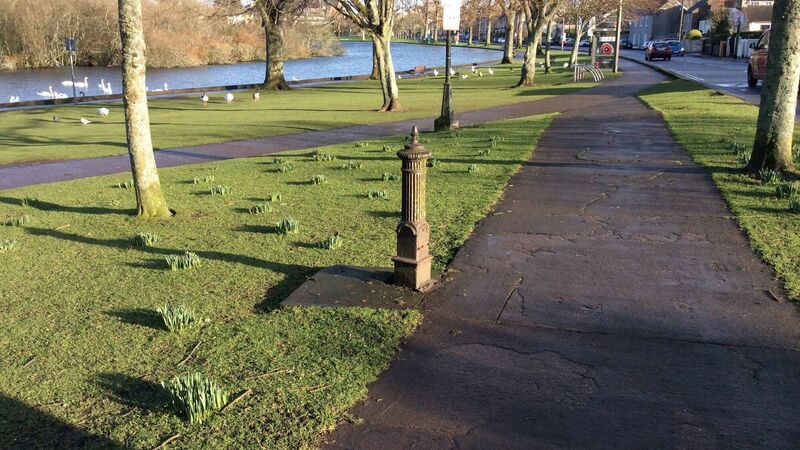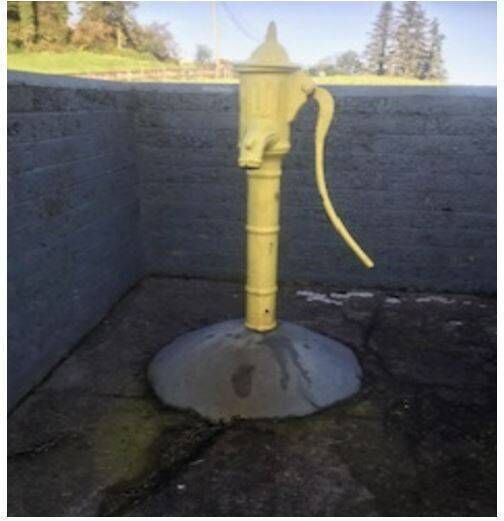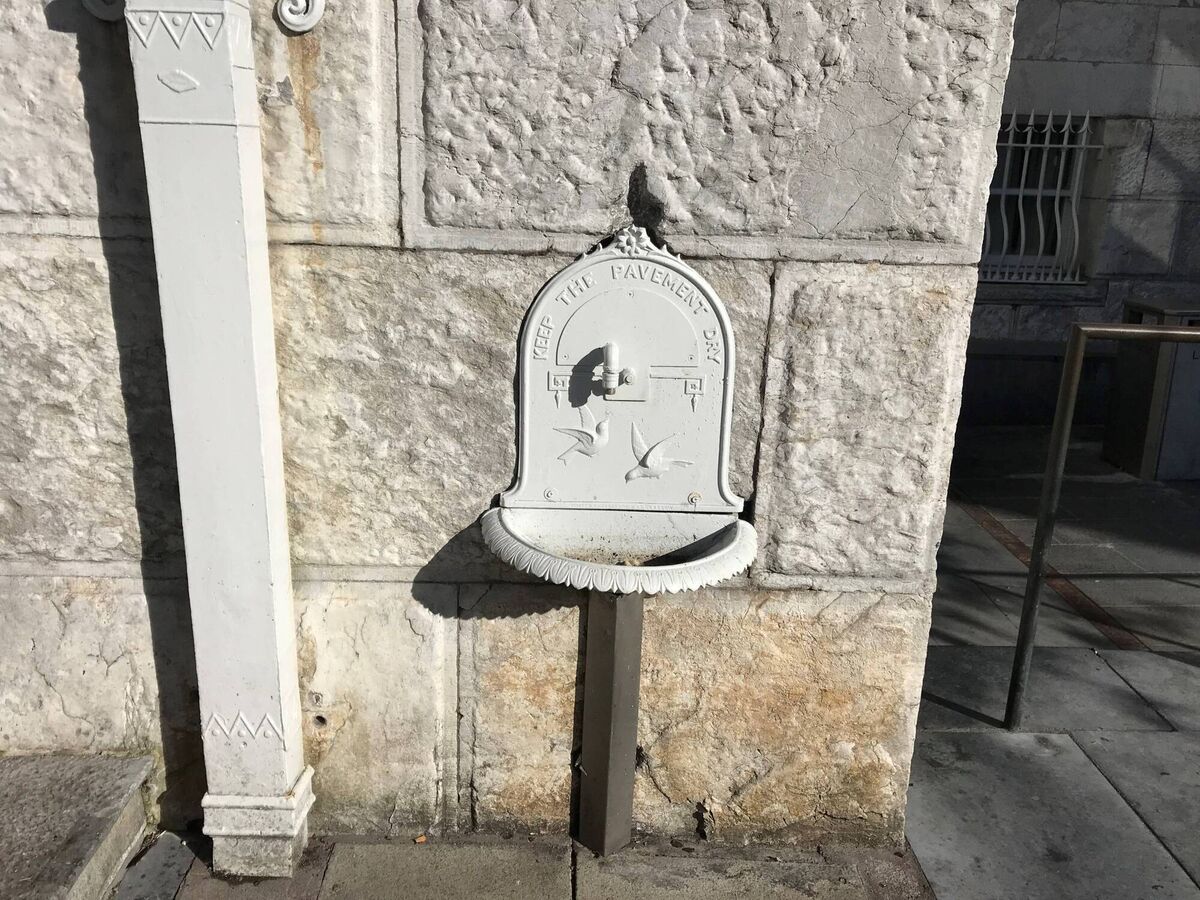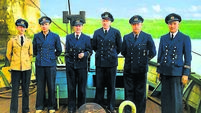Tap and go... days when the city was awash with fountains

One of the standing fountains with tap located at the Lough. At the time it was installed, it was outside the city boundary
NEXT time you’re having a stroll down The Lough, keep an eye out for a piece of history: A fountain that used to provide a vital supply of drinking water for local citizens.


Fountain of knowledge
THE other, more prominent type of fountain that sprang up around Cork city in the 19th century were ornamental and display ones.
In his 40 years with Cork Corporation, one of John O’Sullivan’s functions was to maintain these. Among them were:
The Berwick fountain, installed on Grand Parade around 1860. This was designed by Sir John Benson, who also designed the fountain in the English Market.
The Fitzgerald Park fountain, which was installed around 1900.
The Dunscombe Fountain at the bottom of Shandon Street, which had been a drinking fountain from 1883 to 1935, and was replaced by a display fountain from 1985 before that was removed around 20 years later.







